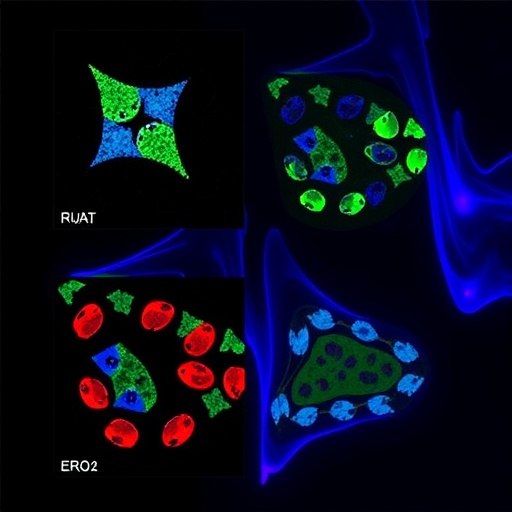PHILADELPHIA — Nipah virus is a type of RNA virus transmitted from animals to humans. The infection causes severe respiratory illness and symptoms including cough, headache and fever, which can progress into encephalitis, seizure and coma. Currently, there is no approved vaccine against Nipah virus available on the market. In recent years, outbreaks, from bat-to-human or pig-to-human transmission, have been reported in Malaysia, Singapore, Bangladesh and India. The World Health Organization (WHO) therefore lists Nipah virus as a priority pathogen needing urgent action.
In order to reduce the risk of Nipah virus becoming a global danger, it’s essential to develope a safe and effective vaccine against the virus for humans and animals. Matthias J. Schnell, PhD, Chair of the Department of Microbiology and Immunology and his team from Jefferson Vaccine Center at Jefferson (Philadelphia University + Thomas Jefferson University) developed a novel recombinant vaccine called NIPRAB that shows robust immunization against Nipah virus in animal models. They published their findings in npj Vaccines on April 15.
Dr. Schnell, together with the first author and graduate student Rohan Keshwara, took advantage of a modified rabies virus vector, and incorporated a gene from Nipah virus – creating a viral particle that displays components of both viruses on its surface. The rabies vector is a well-established vaccine strain with little capacity to cause diseases in the nervous system. Because the immune system interacts with both viral components, it develops a reaction that is specific and can defend against both viruses.
The researchers showed that the live vaccine was safe in mice, which had steady weight gain and no sign of neurological diseases. Dr. Schnell and colleagues demonstrated that one dose of vaccine elicited a strong antibodies response against Nipah virus and rabies virus. Those antibodies also react to a virus from the same family as Nipah, the Hendra virus, which causes similar symptoms.
In addition to the live version of the vaccine, which would be ideal for use in animals, the researchers also developed a chemically-killed version of the vaccine so that the viral replication was completely abolished. They found the inactivated vaccine induced as strong immunity as the live vaccine did, and would therefore be an ideal vaccine for immunocompromised individuals, such as HIV patients, pregnant women and children.
“We have a vaccine that is safe and effective against Nipah, Hendra, and Rabies virus in mice,” says Dr. Schnell. “Future work will focus on testing the vaccine on different species and establishing the right dose of injection. We also used the same vaccine platform to develop vaccines against several other emerging viruses, including a vaccine against Ebola virus, which is close to entering into its first clinical trial.”
###
This research was funded, in part, by the NIAID Division of Intramural Research and the NIAID Division of Clinical Research via the Battelle Memorial Institute’s prime contract with the National Institute of Allergy and Infectious Diseases (NIAID) at the National Institutes of Health, under contract no. HHSN272200700016I.
Article reference: Rohan Keshwara, Thomas Shiels, Elena Postnikova, Drishya Kurup, Christoph Wirblich, Reed F. Johnson, and Matthias J. Schnell, “Rabies-based vaccine induces potent immune responses against Nipah virus,” npj Vaccines, DOI: 10.1038/s41541-019-0109-5, 2019.
Media Contact: Edyta Zielinska, 215-955-7359, [email protected]
Media Contact
Edyta Zielinska
[email protected]
http://dx.




